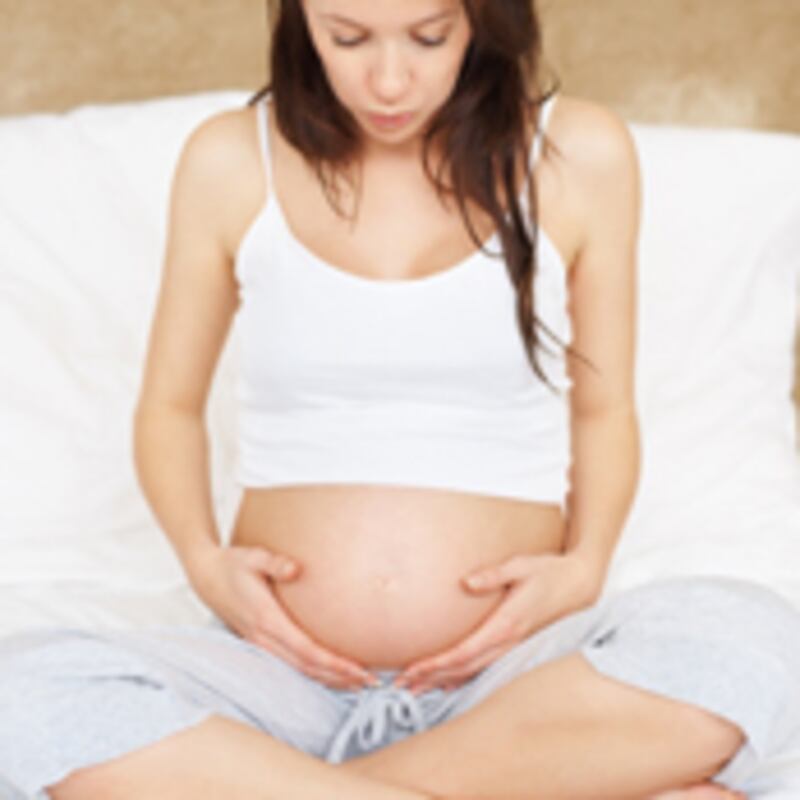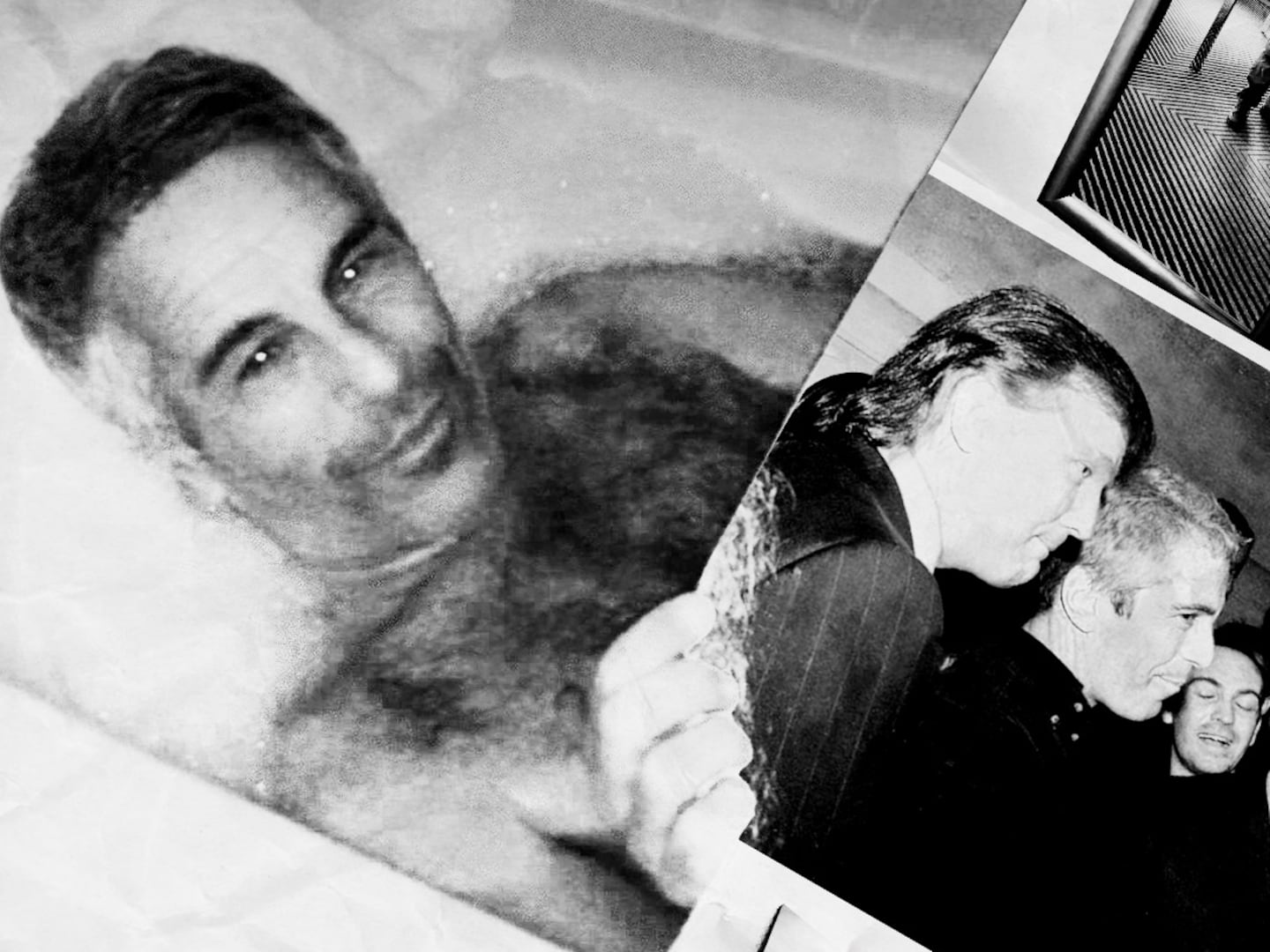
For some women, the allure is powerful: Instead of giving birth against a backdrop of beeping machines and IV tubes, they’ll deliver in the warmth of their living room, guided by one or two trusted professionals.
Over the past decade, planned home births have been on the rise. They still only account for about 1 percent of the roughly 4 million births that take place in America every year, according to the Centers for Disease Control and Prevention, but the concept is catching on. Research has shown benefits to planned home birth, including lower risk of hemorrhage, infection, and post-partum depression.
Yet it’s still a decidedly alternative path—one that isn’t well regulated in many states and that the American Medical Association cautions against.
A recent analysis by the American Journal of Obstetrics and Gynecology suggested that babies were two-to-three times more likely to die following a planned home birth than a planned hospital birth. While the study has since been attacked as flawed—by natural-birth advocates, doctors, and even Time magazine—it underscores the confusion and controversy that define the practice.
It also sparked a dialogue about the tragic side of home birth. While most home birthers rave, even evangelize, about their choice, for a small percentage, the fantasy becomes a nightmare. Beyond the statistics, these women’s stories often go untold. They’re not publicized by home-birth advocates, and often not discussed by doctors, who aren’t inclined to dish about patients.
Three women below discuss the loss of a child during or after a home birth—and one shares how, when complications arose, her midwife swept in to help save her daughter's life.
Bambi Chapman, 30, Massillon, OH
After a less-than-glorious hospital-birth experience, I thought, “there has to be a better way.” That’s when I began my journey into the home-birth world.
During my next pregnancy, I read as much as I could on the subject. Yet over time, I began speaking only with those who supported my choice. If I encountered a horror story, I told myself that, with a well-trained and educated midwife, nothing bad could happen. And sure enough, in September 2006, I gave birth to my daughter in my bedroom, and all went well.
I became a hardcore home-birth advocate. You couldn’t argue with me, because as far as I was concerned, I was more educated than you were. When I became pregnant again a few years later, I planned for another home birth.
In June 2008, more than three weeks before my due date, I went into labor. I kept my midwife (a certified professional midwife) in the loop about my progress via the phone. In the wee hours of the morning, we let her know that my contractions had picked up and were getting closer together. But she didn’t immediately come over. Panicking, my husband called paramedics—and as soon as he hung up, he delivered our daughter, Mary, in our bathtub.
When the paramedics arrived, they told us Mary was fine, but awaited our midwife’s opinion. More than an hour later, she arrived, and said she was in perfect health—despite bluish/purple spots on her face, jaundice, an odd sound when she breathed, floppiness, and no rooting reflex. She brushed these symptoms off as the result of my long labor.
Later that morning, I passed Mary to my husband so I could rest. This was the last time I held her alive. An hour later, he woke me because she had stopped breathing. Our new baby girl was lifeless. We performed CPR, while paramedics rushed us to the nearest hospital, less than five miles away, where doctors and nurses tried in vain to resuscitate her.
After taking her handprints, footprints, and a lock of hair, we named her and baptized her. We then took turns being questioned by the police. Shortly after, we left the hospital carrying a brown paper bag with our child’s belongings.
In the days after Mary’s funeral, we began to learn things about our midwife that troubled us. We learned that she’d assisted with another home birth that ended in a baby’s death. And the coroner determined that, had she recognized signs of respiratory distress when she assessed Mary, we might have saved her.
When other home birthers hear my story, they say that my child would have died at a hospital, too. They’ve discouraged me from sharing what happened. They’ve vilified me. They’ve expected me to continue advocating for home birth. All while mourning the loss of my child.
Until others go to their child’s grave, they won’t understand what we’ve been through, nor will they sympathize with us. Families like ours will remain a dirty secret in the home-birth world.
Read more about Chapman’s story on her blog.
Jane H., 25, Albany, NY
When I learned that I was pregnant with my fifth child, I knew I wanted to give birth at home. I’d delivered my first two kids in the hospital, but my husband and I became wary of its increasingly rigid policies, geared more toward preventing lawsuits than protecting patients’ rights to choose how they wanted to give birth.
After two successful home births, I had few qualms about having another. This time around, we chose to work with a Certified Nurse Midwife, who’d recently opened a home-birth practice after years of working in a hospital. (A certified nurse-midwife is required to have a bachelor’s degree in nursing and graduate degree in midwifery, and then takes a national certification exam.) While no one expects birth complications to occur, we knew that if something went wrong, we’d be in safe hands.
Over a week past my due date, I went into labor—and right away, I knew something wasn’t right. Everything was too fast and too intense. Our midwife arrived in the middle of the night, and after a less-than-45-minute labor, I delivered our baby girl.
Initially, Rose seemed to be adjusting well, if slowly, to life outside the womb. But then, she suddenly stopped breathing. Our midwife resuscitated her and escorted us to the hospital, about 15 minutes away. I couldn’t afford to be afraid; my daughter needed me to comfort her and advocate for her. The 10 days that Rose spent in the neonatal intensive care unit were the hardest of my life.
Throughout this period, our midwife was with us every step of the way. She taught me how to breastfeed an infant who had been on a ventilator, and she explained things to me when the doctors were too busy. Our daughter is now almost four months old, and she’s healthy, strong, and even a bit advanced for her age.
After the life-threatening complications we encountered, would I plan another home birth? Absolutely, so long as I worked with a midwife whose skill I could trust. With a less-educated provider, we may very well have seen a tragic outcome. Home birth is only as safe as the midwife you choose—because if her judgment is wrong or her skills weak, you’re left with no safety net.
Liz Paparella, 29, Austin, TX
When most families plan for a home birth, they don’t also plan for a funeral. I certainly didn’t. But that is how my home-birth story ended.
My daughter Aquila was born on my living-room couch last December. She was perfectly formed—eight pounds even, with a head full of dark hair. Tragically, she died minutes before her birth. She had developed an infection called Chorioamnionitis from prolonged rupture of membranes, and during labor, my placenta peeled away from my womb, depriving her of oxygen. There were many signs that Aquila was in dire straits throughout the labor, all of which I believe were missed or misinterpreted by my midwife.
I’d given birth three times before Aquila, all with midwives, two at home. I chose the midwifery model of care out of a desire to be respected. I also wanted to give birth surrounded by family and friends, instead of strangers. For my first two children, a certified nurse-midwife assisted in their deliveries. For my next two (one being Aquila), I worked with a certified professional midwife.
The crucial distinction between these two types of midwives includes many years of education and experience. In most states, a CNM must earn a bachelor’s degree in nursing and a graduate degree in midwifery, then pass a national certification exam, A CNM has usually seen hundreds to thousands of births by the time she (or he) practices. To become a CPM, however, one doesn't first have to become a nurse; she must pass a certification exam, but she's usually attended far fewer births when she starts practicing. CPMs are only licensed in 27 states.
I believe that this difference in experience and training meant the difference in life and death for my daughter.
After Aquila’s death, I tried to seek justice for her. Yet no lawyer will take a case against a CPM, because these midwives don’t carry malpractice insurance. There is only one entity for complaints against CPMs in Texas, where I live: the Texas Midwifery Board. While it cited gross negligence, this group merely slapped her hand, as many of its members are friendly with her. My midwife went on to argue the ruling, and it’s still being processed. Meanwhile, future clients of this midwife are potentially at risk.
Even more upsetting, the more I dug, the more of the same I found: Midwives in my state with dead babies under their belts due to their own negligence, and nothing done about it.
Aquila's birth tore away all the beautiful memories from my past births and left a shell-shocked, blood-stained memory in its place. Countless times since she died, “home-birth advocates” have told me that my daughter would probably have also died in a hospital. Funny thing is, the doctors I’ve talked to do not agree, nor the nurses.
Yes, babies do die in hospitals, too. However, I believe my daughter would have lived, had I made the choice to birth in a safer setting with a highly trained care provider. I will live with this knowledge for the rest of my life.
Read more about Paparella’s story on her blog.
Erin Newman-Long, 32, Easthampton, MA
When my husband and I became pregnant with our first child, I became enthralled with the natural-birth community. I began to consider that perhaps I, too, could have a beautiful, romantic birth at home. From all the books and blogs I was reading, I felt like I’d be safer to avoid the hospital. At home, I would be in TOTAL control, and everything would happen just as I envisioned it. I took on a totally naive attitude and never looked back.
Visions of giving birth danced merrily within my head, many times a day. I was euphoric to think that, like the millions of women who had given birth in caves, forests, and at home, I, too, could be that primal, natural mama. I was certain that my birth would be ecstatic and perfect as nature intends all birth to be.
Labor day came, and somewhere near the 27th hour of a very “normal” labor, my baby’s heart rate became dangerously low. She was clearly in distress, and there I was AT HOME. Everything around me became a mass of slow motion, and I became silent. Getting out of the damn house seemed to take an eternity, to RUSH me to a place that might be able to SAVE MY BABY.
All this slow motion gave way to more slow motion to then get me into the freezing car, with a frozen windshield—as it was March 3, and there was a sheet of ice on the roads and on the car. The hospital is normally three to five minutes from our house; this night, it took more than 10.
When we arrived at the hospital in the middle of the night, the door was LOCKED, with nobody waiting to ZOOOOOOOM my giant, laboring body to the hospital’s birth center. Eventually a nurse let us in, and quickly gave us a room. Nurses removed my clothes and placed monitor belts on me. They fumbled to find my baby’s heart beat.
Nurses prepped me for an emergency C-section, and when the doctor arrived, she got my baby out of me in three minutes. But my daughter wasn’t breathing. The pediatrician and nurses tried in vain to bring her to. I later learned that the pediatrician had said, with tears streaming from his eyes, that she looked like she would start to breathe at any moment, that she was still so pink.
Families who have lost a baby perhaps because of choosing to have a home birth are hidden away, aside from the few (like myself) who have blogged about what happened. My hope is that people who are considering a home birth know the risks of this choice.
Read more about Newman-Long's story on her blog.
Danielle Friedman has worked as a nonfiction book editor for Hudson Street Press and Plume, two imprints of Penguin Group. Her writing has been published in the Miami Herald, and on DoubleX and CNN.com. She is a graduate of the Columbia University Graduate School of Journalism.






